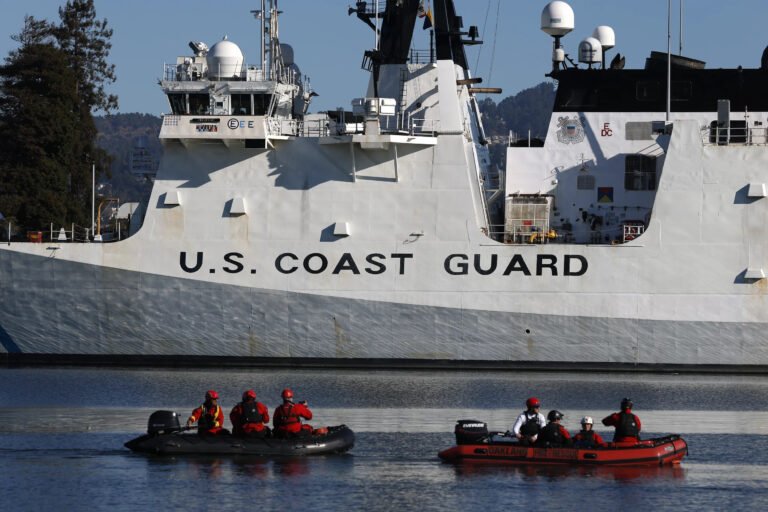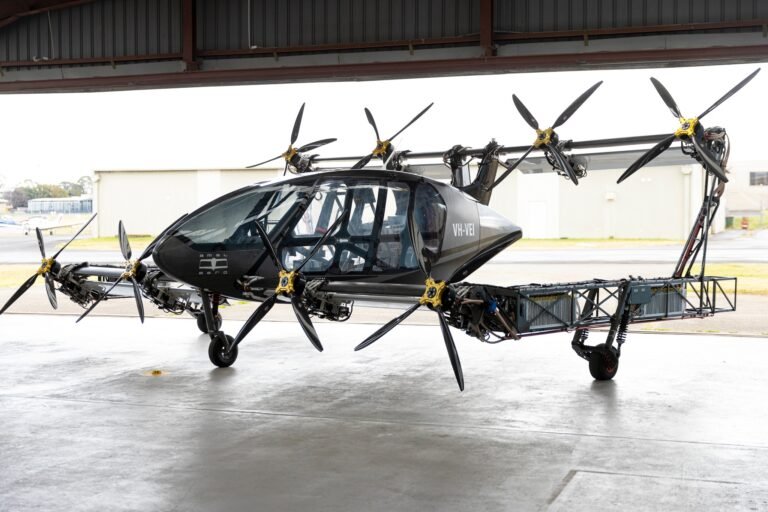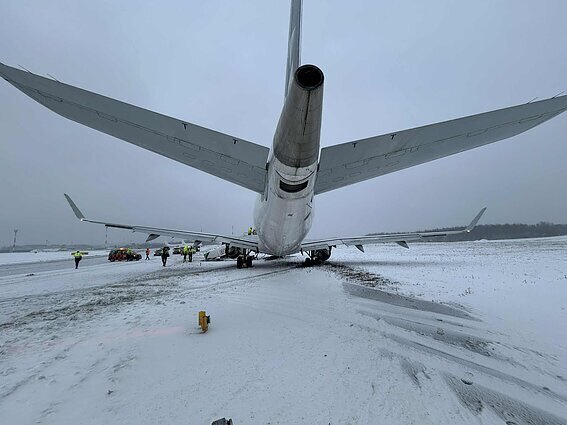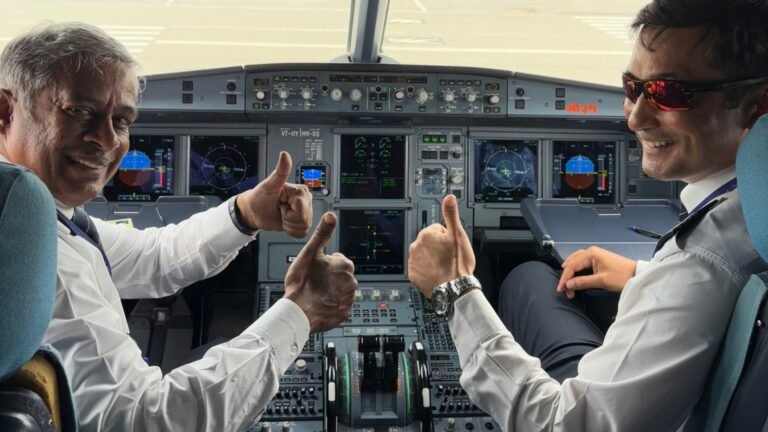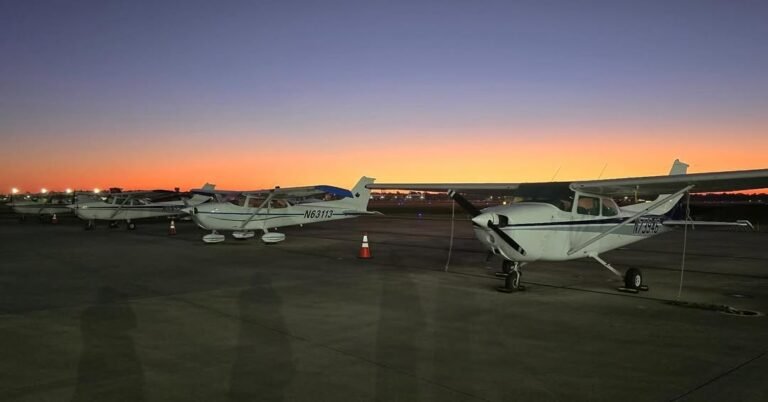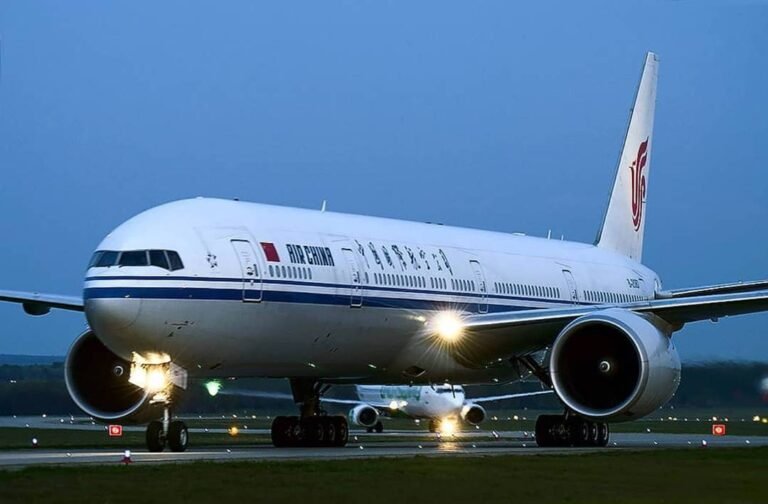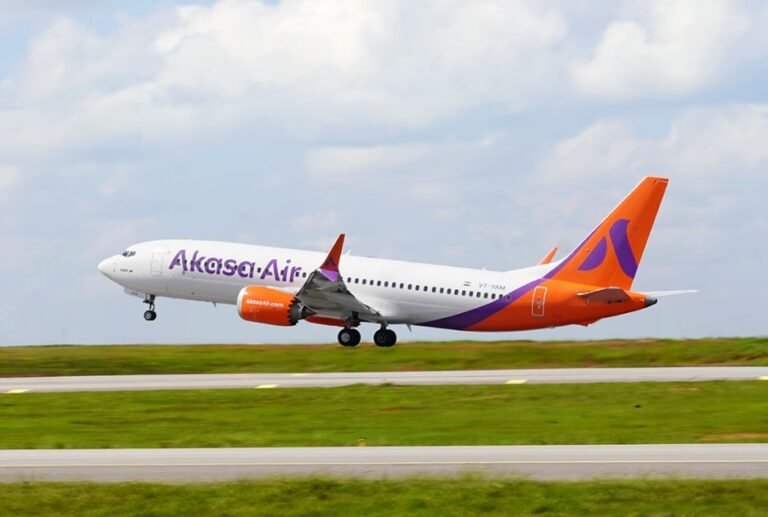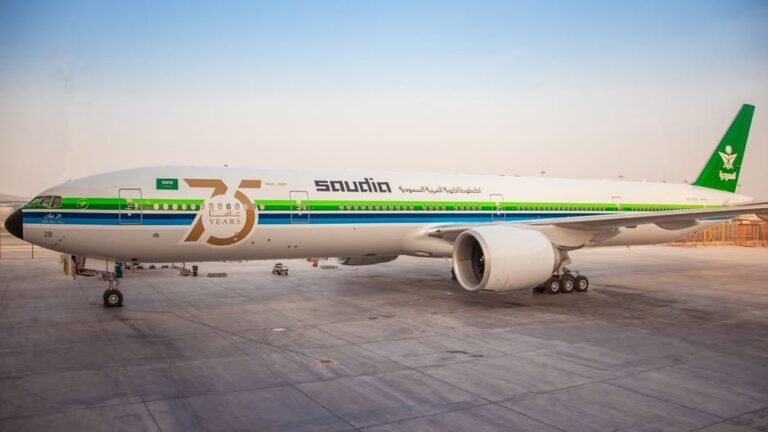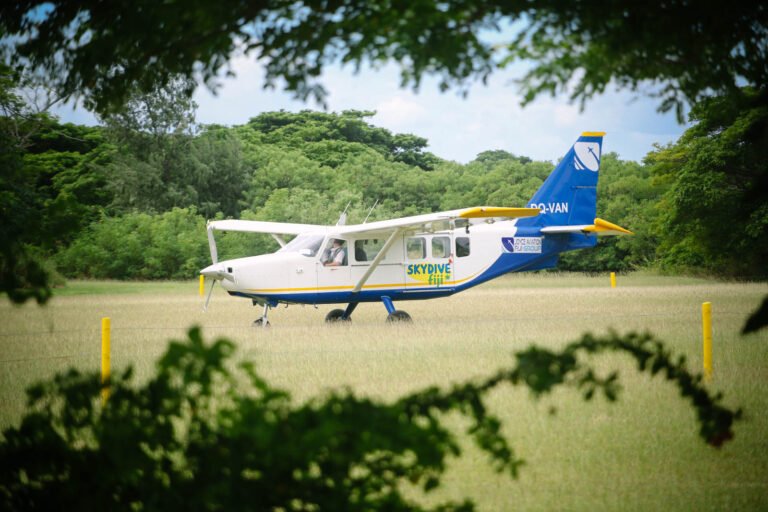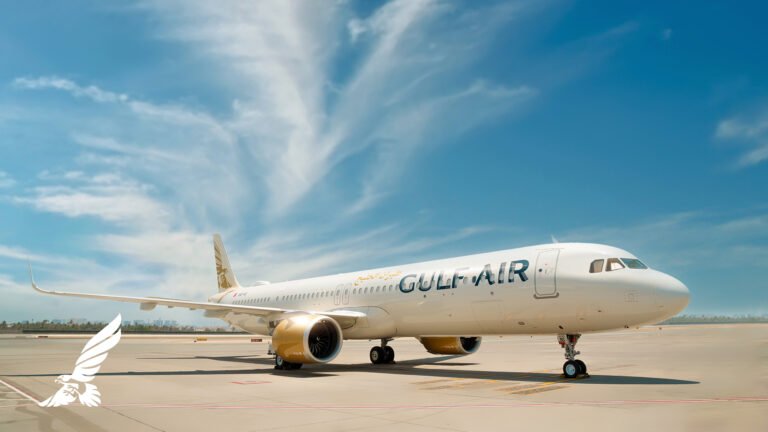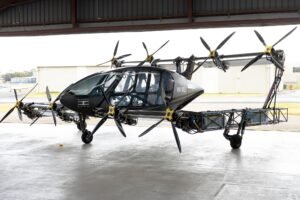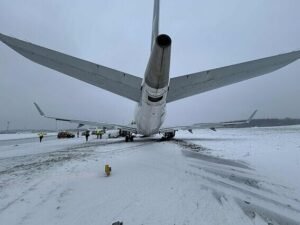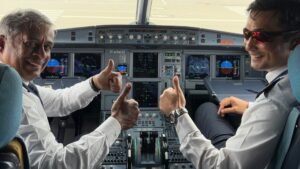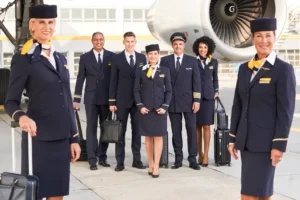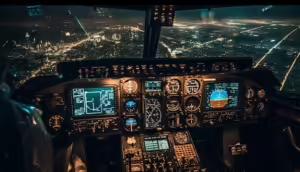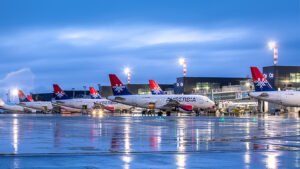Madrid, SPAIN: A Lufthansa Airbus A321 operating Flight LH1140 from Frankfurt to Seville was left without a conscious pilot for approximately ten minutes mid-flight, according to a formal investigation report released by Spain’s Civil Aviation Accident and Incident Investigation Commission (CIAIAC) on May 16, 2025.
The incident, which occurred on February 17, 2024, involved a rare and serious in-flight emergency where the first officer lost consciousness due to a sudden medical episode while alone in the cockpit. At the time, the captain had temporarily exited the flight deck for a scheduled bathroom break.
What Happened
According to the CIAIAC report, shortly after the captain left the cockpit, the first officer experienced an acute seizure, losing full motor control and awareness. With the cockpit door secured, the captain was locked out and unable to regain entry, leaving the aircraft without active flight control.
After approximately 10 minutes, the first officer regained partial consciousness and managed to open the cockpit door, allowing the captain to resume command. The aircraft was immediately diverted and landed safely at Madrid-Barajas Adolfo Suárez Airport, where emergency medical teams provided treatment. The first officer was hospitalized and later diagnosed with an undiagnosed neurological disorder.
No Injuries Among Passengers
Despite the seriousness of the situation, no passengers or crew members were injured, and there were no reported anomalies in the aircraft’s flight path or systems during the captain’s absence. Lufthansa praised the flight crew for handling the emergency professionally under exceptional circumstances.
CIAIAC’s Findings and Recommendations
The CIAIAC confirmed that the incident stemmed from a medical emergency, not mechanical failure or procedural error. However, the event raised serious concerns regarding:
- Cockpit access protocols during solo occupancy
- The effectiveness of pilot medical screenings
- The potential risk of unattended cockpits even for short durations
The report recommends that the European Union Aviation Safety Agency (EASA) evaluate the incident and reassess current cockpit manning policies—specifically when one pilot leaves the flight deck. It also encourages airlines to review training for cabin crew to assist in critical cockpit access under medical duress.
Cockpit Security vs. Emergency Access
This incident has reignited debate about the balance between cockpit security and emergency flexibility. Since the 2015 Germanwings tragedy, airline regulations have emphasized preventing unauthorized cockpit access, including bulletproof doors and keypad entry systems. However, these protocols may inadvertently complicate rapid response when one pilot becomes incapacitated.
In this case, cockpit security prevented immediate re-entry for the captain, underscoring the need for fail-safes or override mechanisms in rare but critical medical emergencies.
Lufthansa’s Response
Lufthansa has fully cooperated with Spanish authorities throughout the investigation and stated that it takes the findings seriously. The airline confirmed that the first officer has been placed on medical leave, and internal safety reviews are ongoing.
A Lufthansa spokesperson noted:
“Passenger safety remains our top priority. While this was an isolated medical emergency, we are reviewing our internal policies and protocols in line with the CIAIAC’s findings.”
Authorities hope that the recommendations from CIAIAC will lead to practical, industry-wide solutions that maintain both security and safety in the skies.


